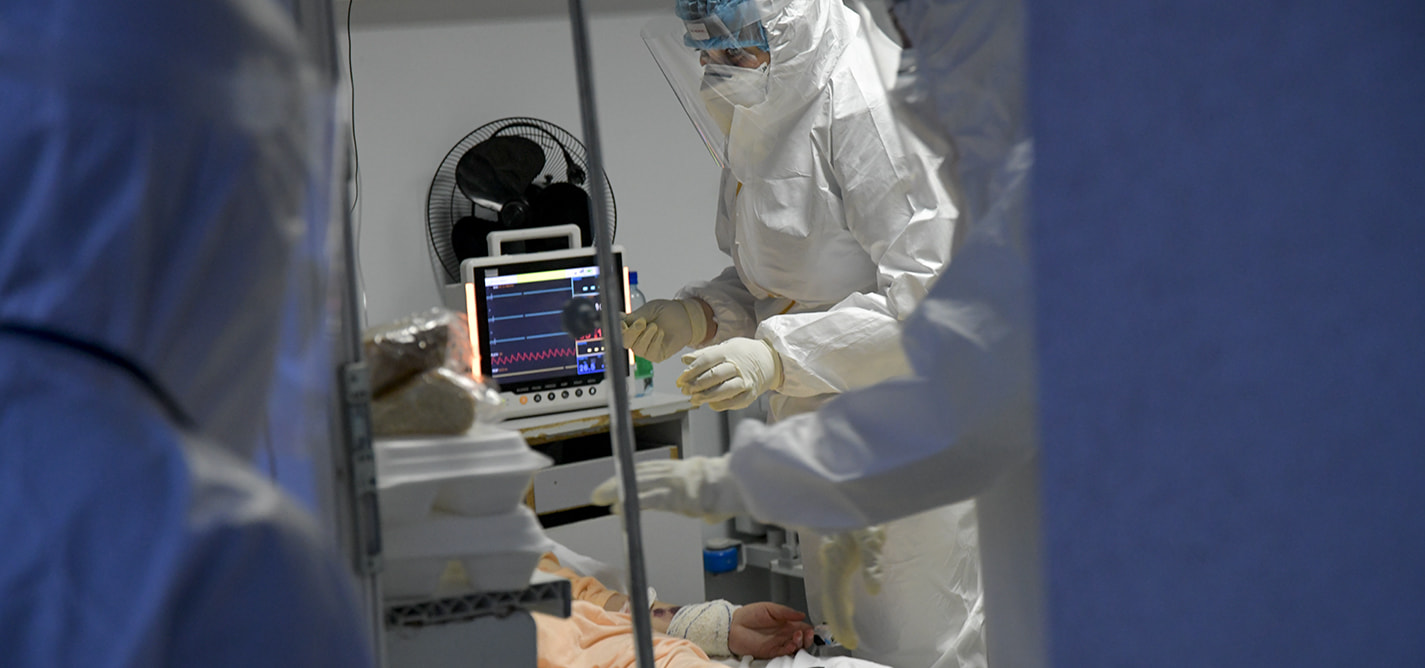
Are we approaching COVID-19 collapse?
Kosovo’s health system under strain from rising number of patients.
|11.08.2020
|
“We are often forced to wait for hours until beds in the respective clinics are secured.”
“We are in an emergency situation. We have stopped all other services that do not require immediate intervention.”
Muhamet Halitaj, Peja Hospital“We work long shifts. Today I started work at 7 a.m. and will finish at 8 p.m."
Nurse, Pulmonology Clinic, QKUKThe steps to a vaccine

Bekë Veliu
Bekë Veliu was a journalist at K2.0 who primarily covers social issues and health care. He received his master's degree in social policies and public health from the University of Utrecht in the Netherlands.
This story was originally written in English.